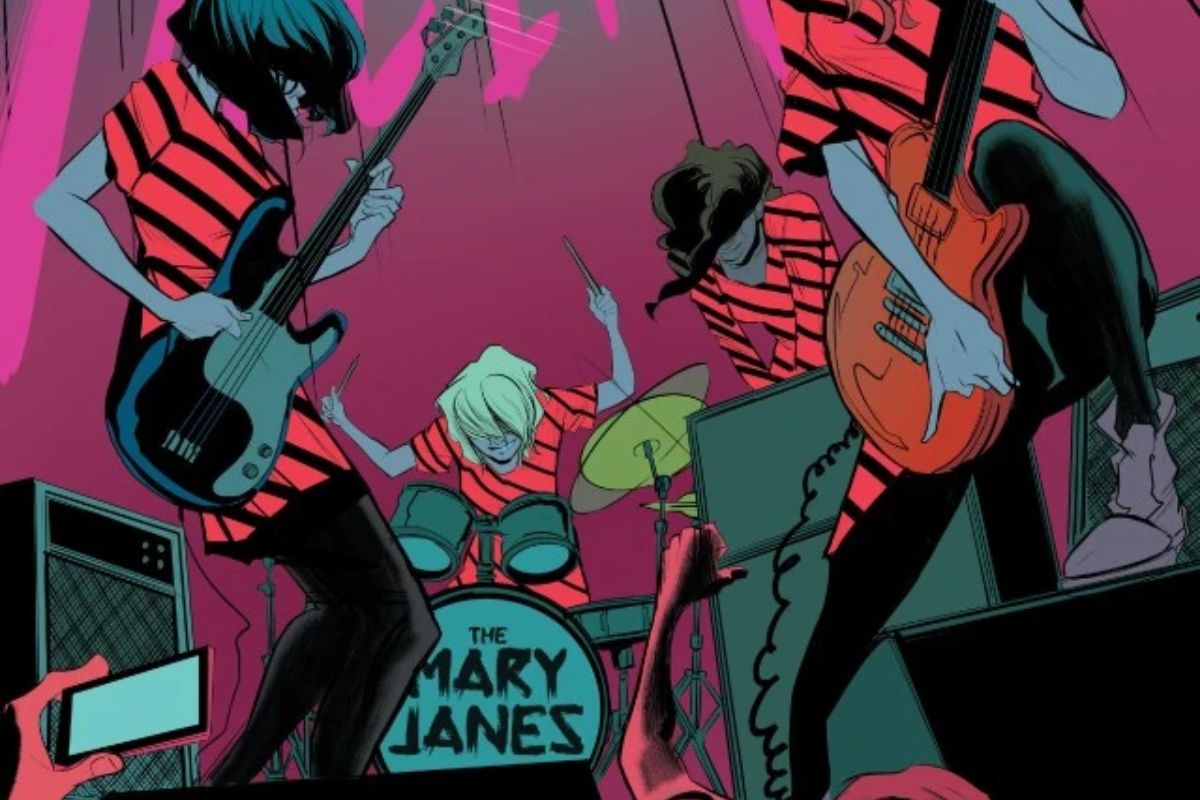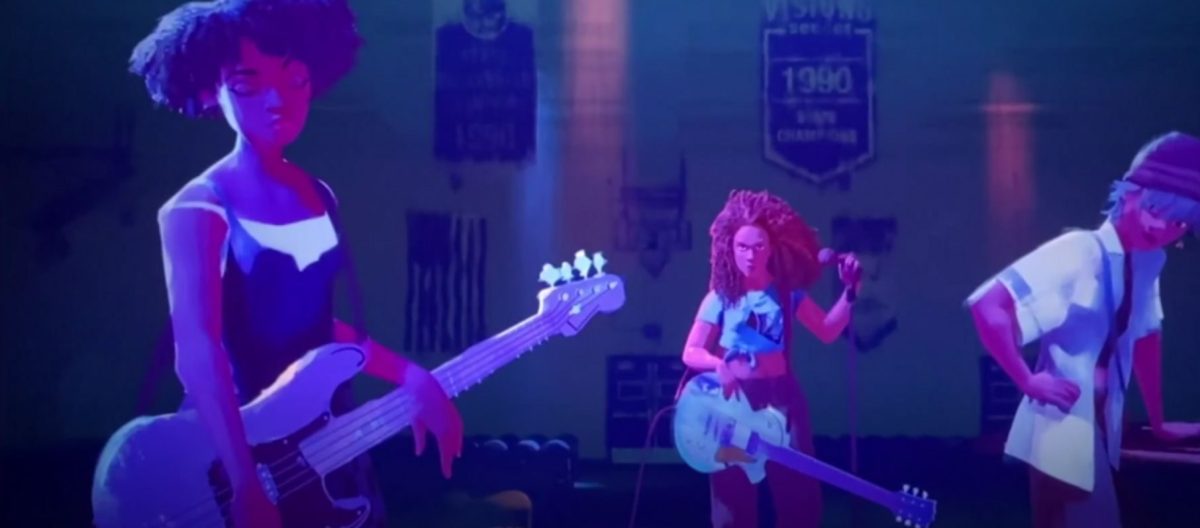‘Across the Spider-Verse’s New MJ Filled in What the First Movie Was Missing

Those who cry “gingercide” only when people of color (particularly Black women) play red-headed characters have been so busy complaining about The Little Mermaid director Rob Marshall casting Halle Bailey as Ariel for *checks notes* four years that they’ve failed to notice we got another one since. The latest Spider-Verse movie gave Spider-Man fans another Black Mary Jane. While not the first MJ variant, she’s the first one of color and MJ with a life outside of a romantic relationship with a version of Spider-Man.
Well … technically, this is the first Black Mary Jane onscreen because Disney chickened out of allowing Zendaya to play Mary Jane. In later Marvel Cinematic Universe Spider-Man films, it was clarified that she’s actually “Michelle Jones-Watson.” While this detail allowed grass-deficient Zendaya-as-MJ haters to feel validated, it’s not a huge difference. We know what role she fills. No one calls her anything but “MJ,” and if they even tried, she’d probably beat them up.
In Spider-Man: Into the Spider-Verse, we got two MJs, both white—one MJ from Miles Morales’ universe spoke on Peter Parker’s death, and another with Peter B. Parker, a.k.a. “old man Peter,” on Earth-616B. The Earth-616B MJ, thus far, has been the most important MJ in the story, since she and Peter rekindling their relationship was the direct result of his growth in mentoring Miles. Still, MJ had been lacking the variety of the Spider-People. The previous MJs looked very similar, and all women characters except those in a maternalistic relationship to Spider-Man (like mothers and aunts) were just support systems—until now.
In the latest film, Spider-Man: Across The Spider-Verse, we’ve got a bit more color and a newish spin to the newest MJ.
**Spoilers for Across The Spider-Verse ahead.**
The Mary Janes Across the Spider-Verse

In Across The Spider-Verse, a significant portion of the story is dedicated to sharing Gwen Stacy’s (a.k.a. Spider-Gwen) world. We get to see not just her home life but what she does outside of graceful web-slinging and crime-fighting. Spider-Gwen (Hailee Steinfeld) plays in a band pulled right out of the Spider-Verse comics, The Mary Janes.
This band provides another point of tension in the story and the accountability for a disappearing teenager. In at least the 2015–2018 Spider-Gwen comics, her father is consistently consumed trying to track down Spider-Gwen. So, the prominent people that question her whereabouts are the members of The Mary Janes. Quite a few times, they consider kicking Gwen out for tardiness and absences.
The band’s lineup has changed a few times and sometimes even includes Felicia Hardy, a.k.a. Black Cat. The one consistency across all versions and names of the bands, regardless of the writer, is that Mary Jane Watson sings lead vocals and plays an instrument. Most of this has been pulled into the movie.
Even with the color distortion unique to Gwen’s universe, this MJ is a visible woman of color and specifically looks Black. A visual development artist for Across the Spider-Verse, Ami Thompson, shared some of their concept art for the character. Many have noted how similar this MJ looks to multi-racial (Black) British actress and natural redhead Erin Mae Kellyman. Between her, fellow bandmates Glory Grant and Betty Brant, and Hobie Brown, Black and brown punk, emo, and rock fans stayed represented across the multiverse—a welcome addition to the odes to hip-hop and rap present in the first film.
In the first Spider-Verse film, Zoë Kravitz played all of the MJs, while Melissa Sturm did the same in the sequel. Not sure why we can’t have three different actresses play the different MJs, but regardless, they both put in excellent performances. Beyond the art, each one sounds like they are from another universe. And, just like Spider-Man, there’s an infinite number of MJs and Gwen Stacys (thinking of the effortlessly cool Gayatri Singh) of different races—and species.
(featured image: Marvel Comics)
Have a tip we should know? [email protected]
